Recently, two of our team members participated in a workshop experience to help us with our research on Abenaki women and we wanted to share a behind the scenes experience with you, our audience.
When we walked into the workshop, we were immediately drawn into a dimly lit, old school lab, with eight sets of vintage stereo microscopes running down a long straight line of tables. You may remember these microscopes from your high school or college Biology course.
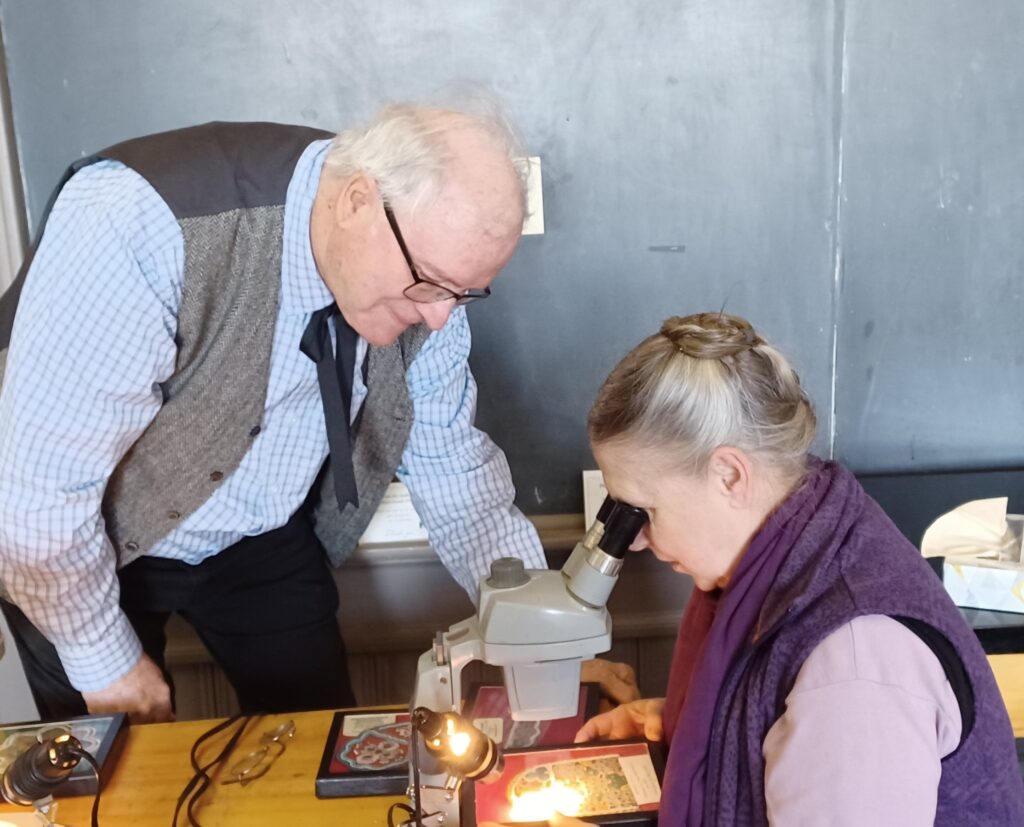
Depth of field and working distance were particularly important in the work we would undertake. It has been years since I used a microscope, and it was time not only for a refresher on how to adjust the focus on a microscope and light source. We started by closing our left eye and only looking into the right lens with our right eye. Turning the dial, we adjusted it until our sample came into focus. Then we opened our left eye and looked through the left lens. If you have never used a microscope, you may not know that this isolates what each eye can see, until you slowly bring the eye pieces together, so they create one view of your sample.
Beads can be exceedingly small specimens, so we also practiced adding a focused light source to help illuminate our specimens. Next, we calibrated the microscope to scale. This part was a little tricky, but we were having fun at the same time. First, we had to change the right lens out for a new one called a reticle. It had a tiny scale on it. Then we placed a slide with a micrometer scaled ruler on the stage (platform) and adjusted the height of the platform until the two scales were aligned.
The Wow Factor
The microscope refresher course was a little tricky, but it was incredible to see examples of beadwork under 35x magnification. The example we compared had beadwork affixed to broadcloth with ribbon folded to envelop the edges of the broadcloth. Under magnification we were able to see incredible details of the beads themselves and see the texture of the cloth more clearly.
When viewing the tiny 13/0 and 15/0 beads with the naked eye we could barely see the details of the beads themselves. One might even assume that all the beads were the same size and shape, but they were not. Some were ordinary glass seed beads and others were multi-faceted beads. Under this magnification, other exciting details emerged, such as some of the beads being metallic in nature. We could see the imperfections from the manufacturing process, beads that have cracked overtime leaving a gap in the design, and places where a bead popped and only half the bead remained.
By comparing beadwork from different Wabanaki regions, bead sized, color palettes, and design motif patterns emerged.
The “Historic American Abenaki Material Culture: Analysis and Understanding” workshop was more than a technical learning experience on how to use a microscope. The process of adjusting lights and finding the perfect focus was meticulous, It required precision and lots of patience, which is probably the type of care that Abenaki women put into creating their designs over a century ago. Being able to view vintage beadwork samples under magnification connected us to the innovative legacies of Wabanaki women. By examining the material culture aspects of beadwork and the techniques used to create them, we will be better able to interpret the narratives of their lives and the ingenuity that continues to inspire living artists and future generations.
Stay tuned for more updates as we continue to explore and share the roles and contributions of Abenaki women!
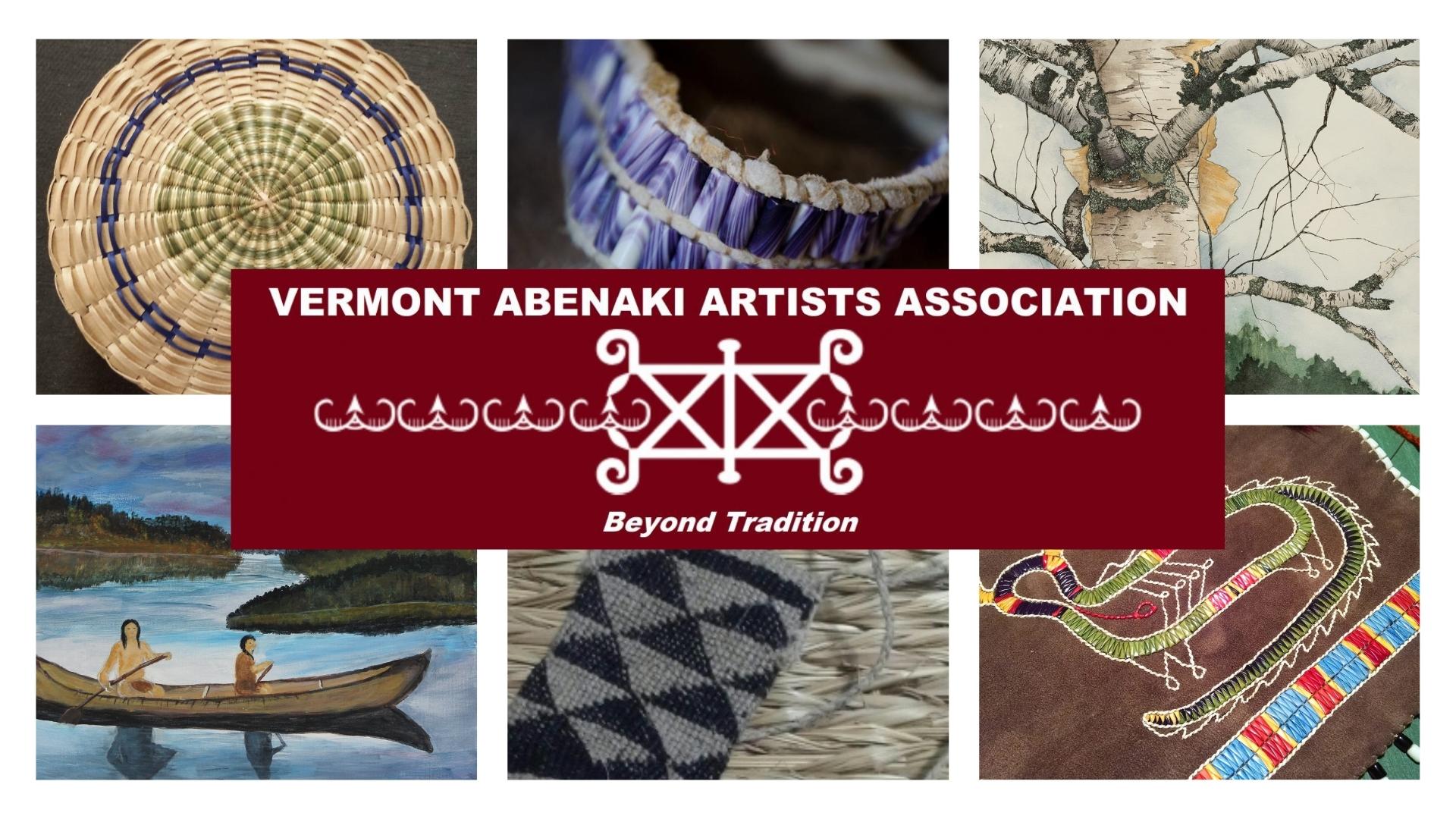
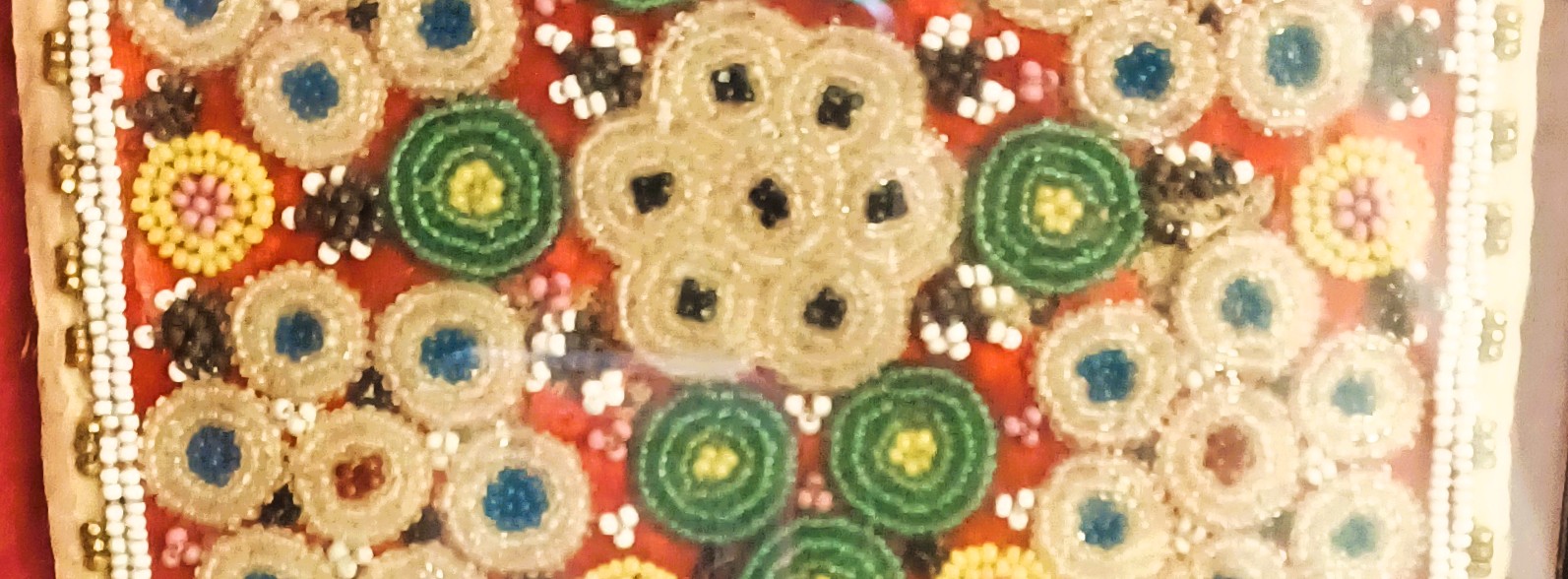
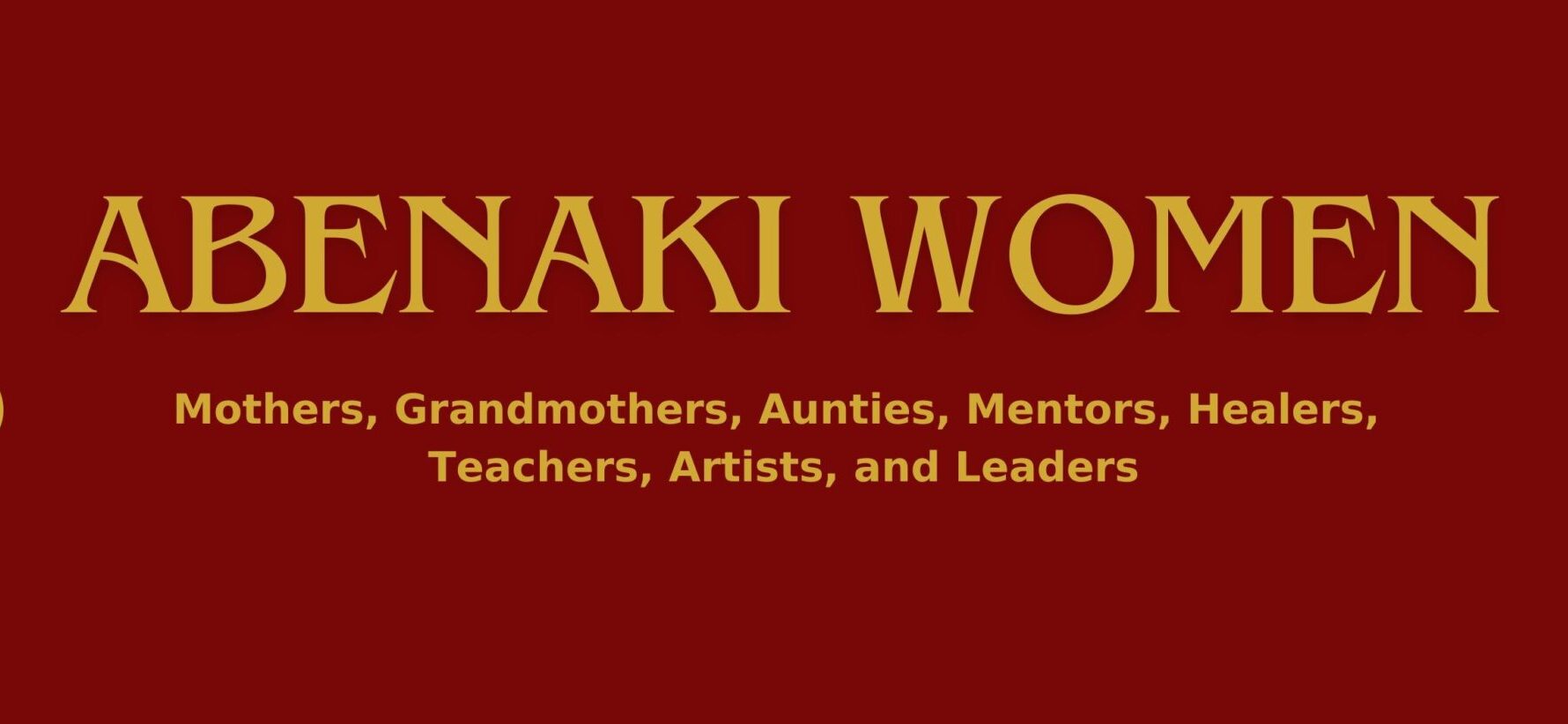

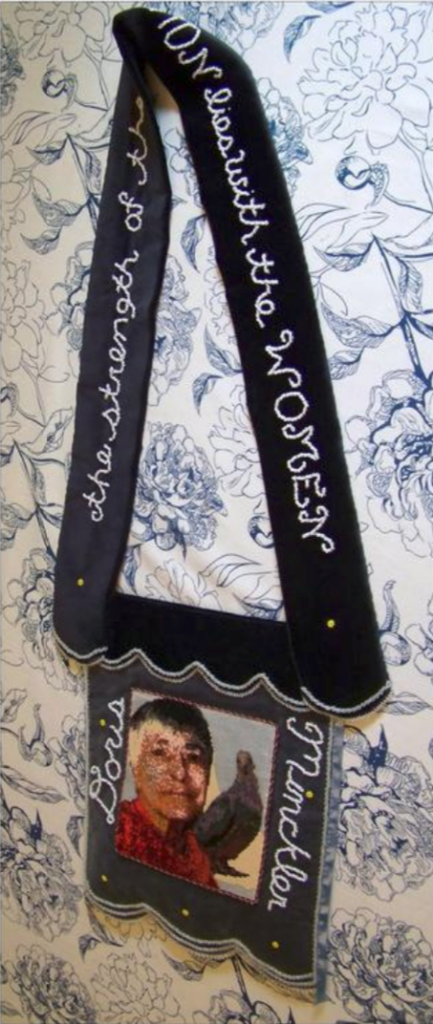
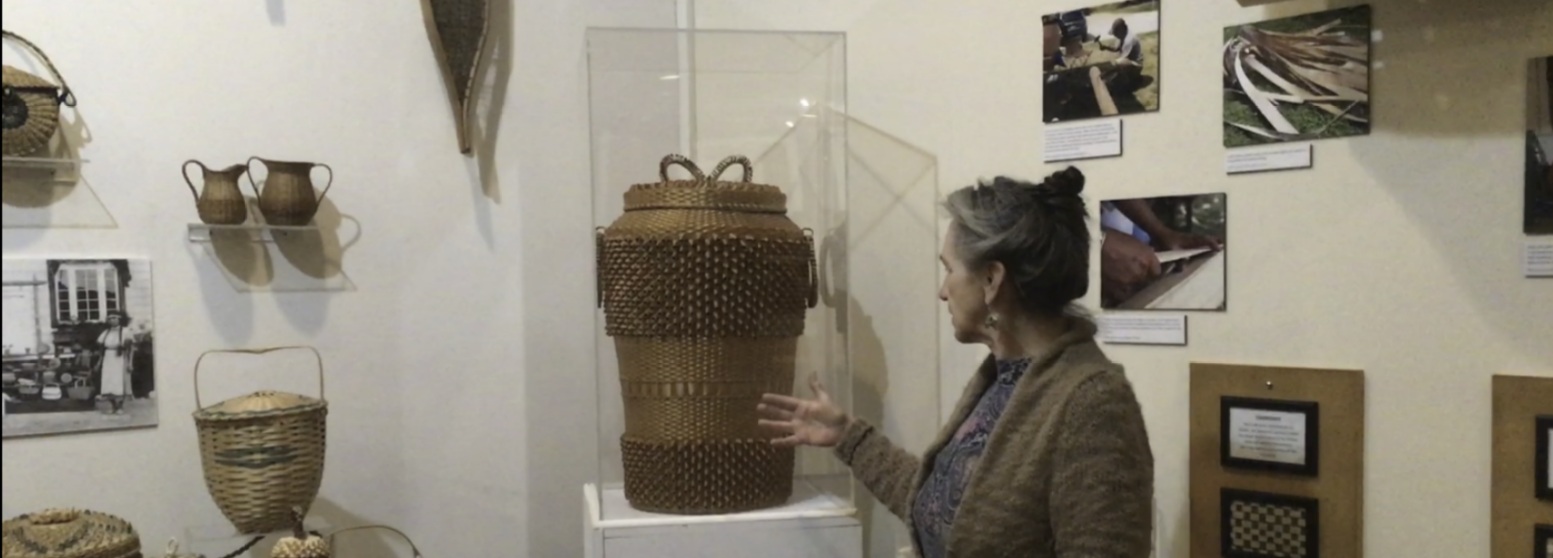

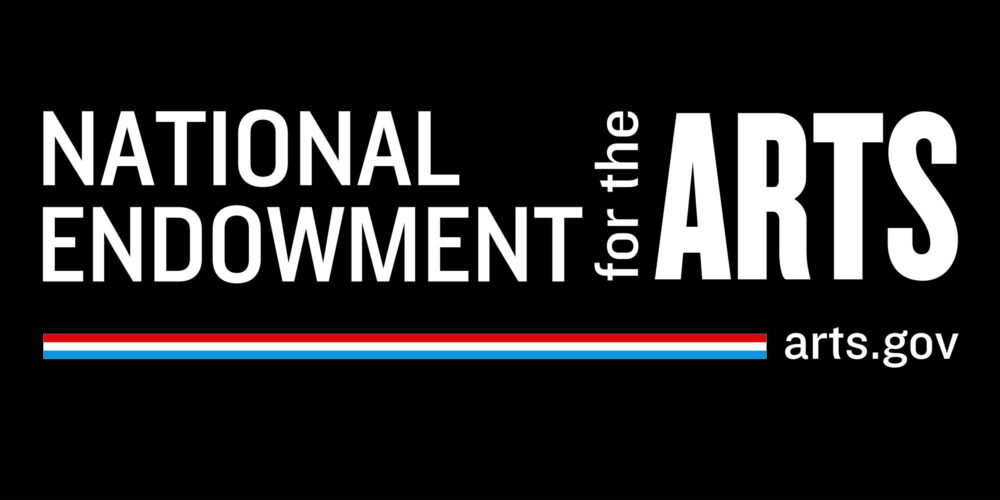



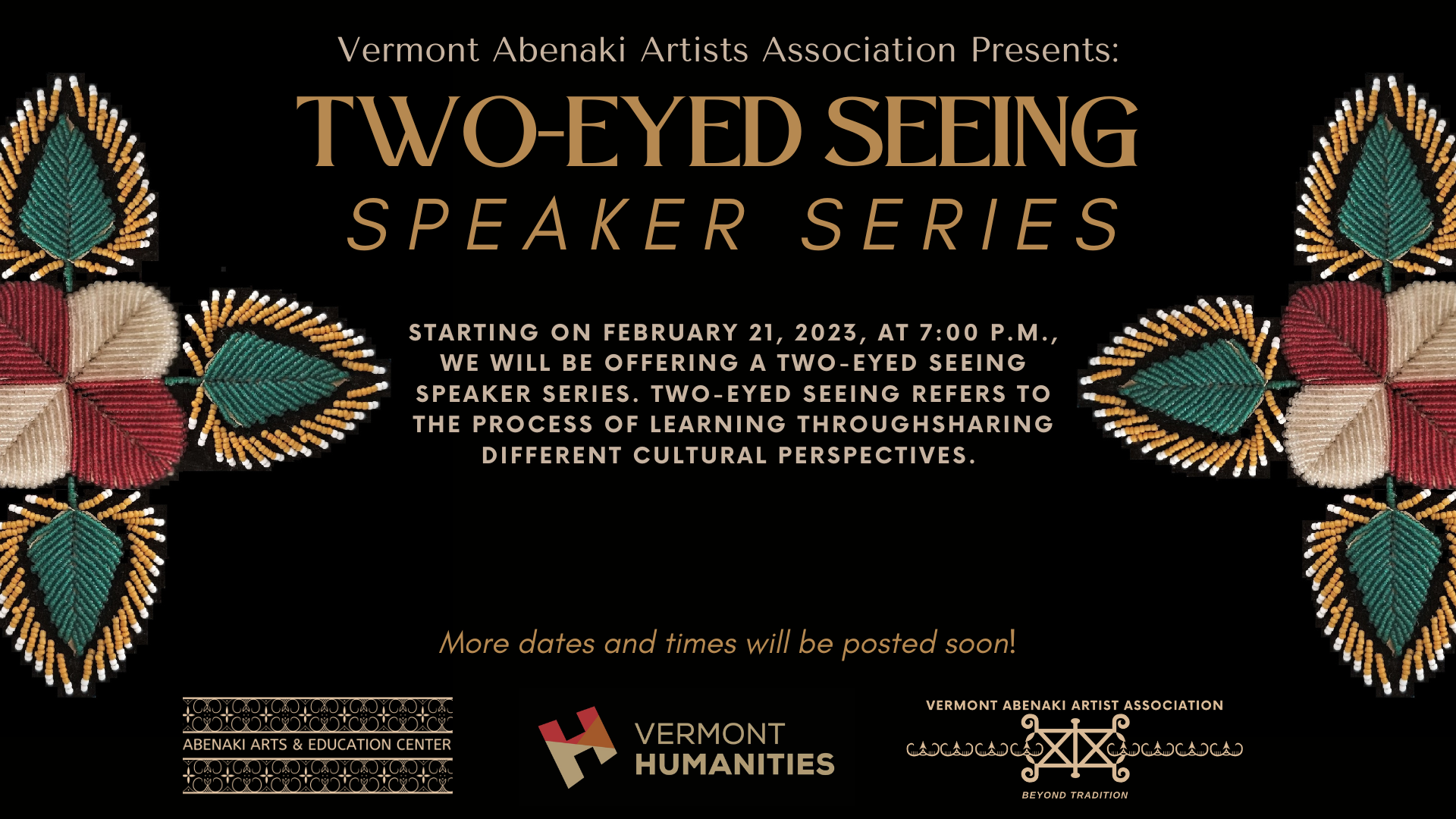
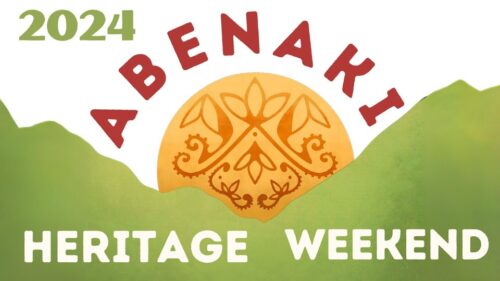

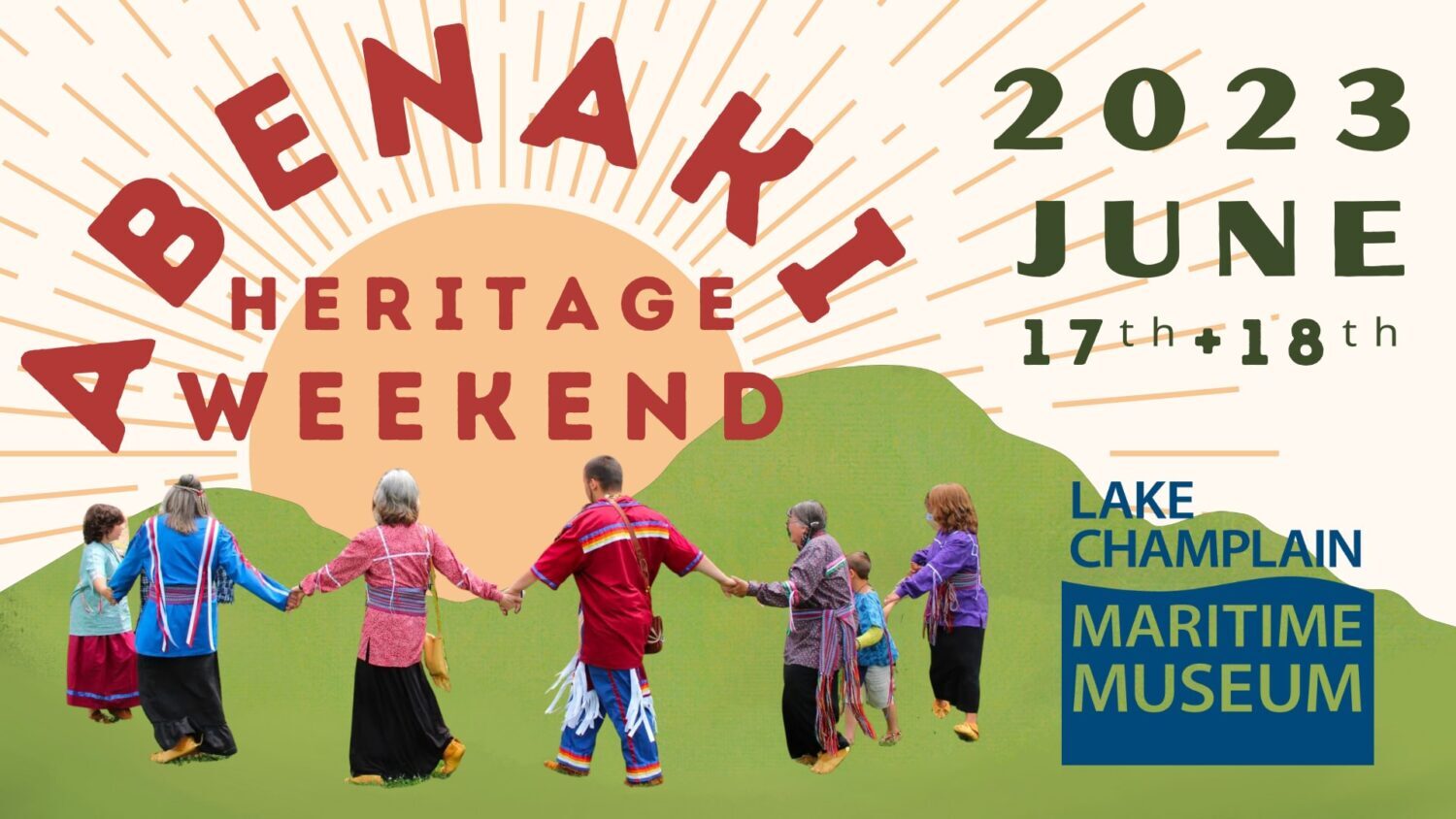






 The State of Vermont recognizes four Western Abenaki tribes: the Elnu Abenaki, the Koasek Traditional Band of the Koas Abenaki Nation, the Nulhegan Band of the Coosuk Abenaki Nation, and the Abenaki Nation of Missisquoi St. Francis-Sokoki Band.
The State of Vermont recognizes four Western Abenaki tribes: the Elnu Abenaki, the Koasek Traditional Band of the Koas Abenaki Nation, the Nulhegan Band of the Coosuk Abenaki Nation, and the Abenaki Nation of Missisquoi St. Francis-Sokoki Band.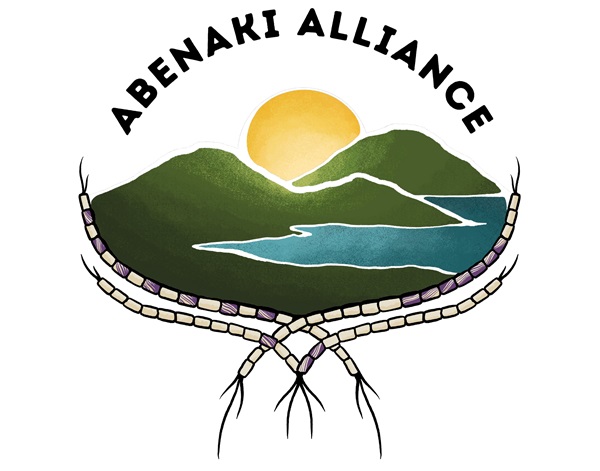























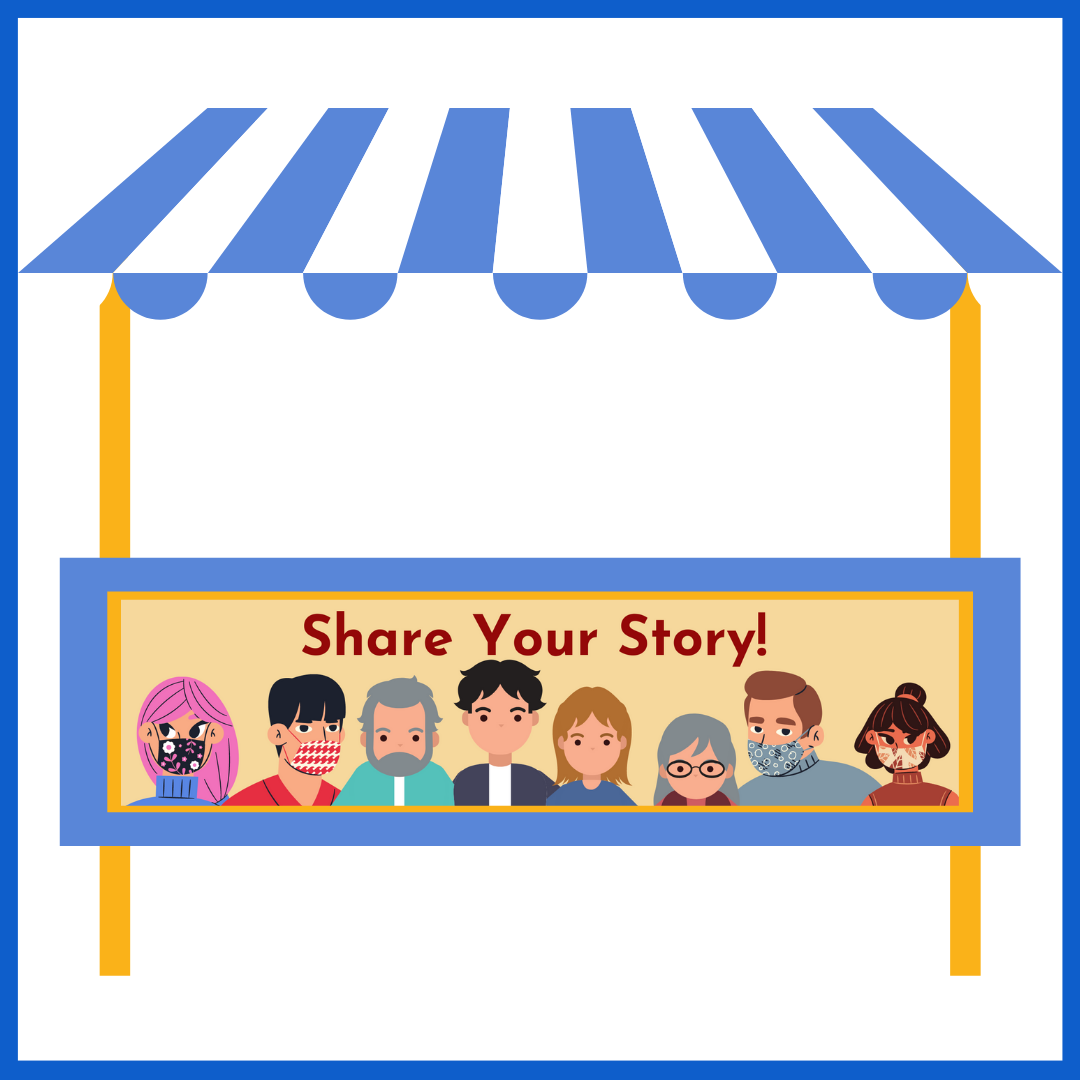

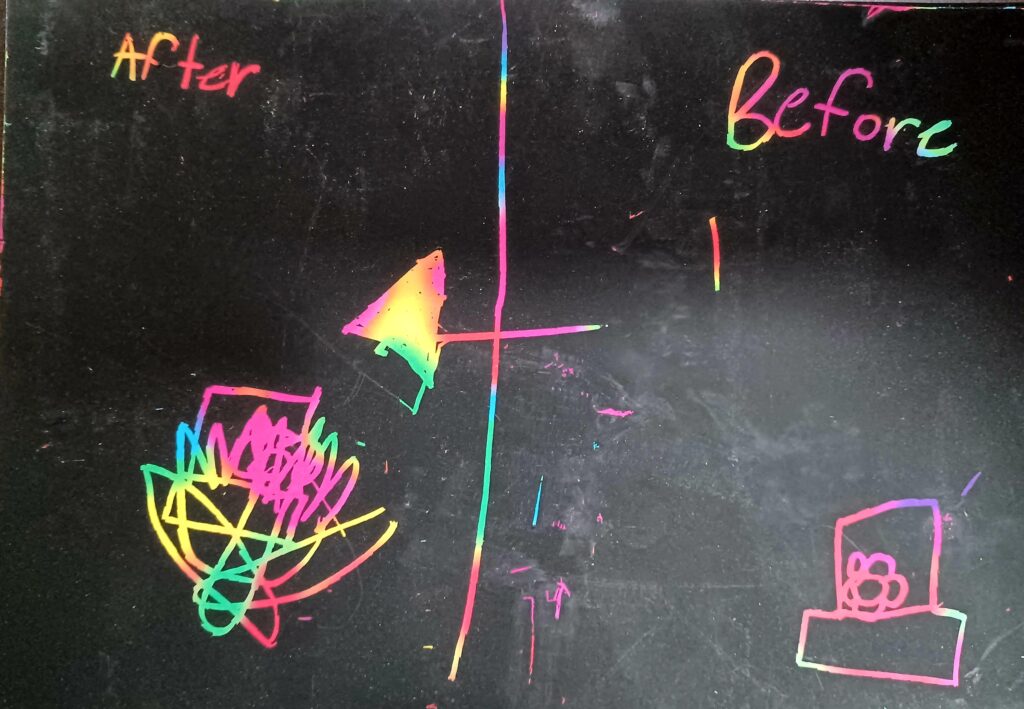
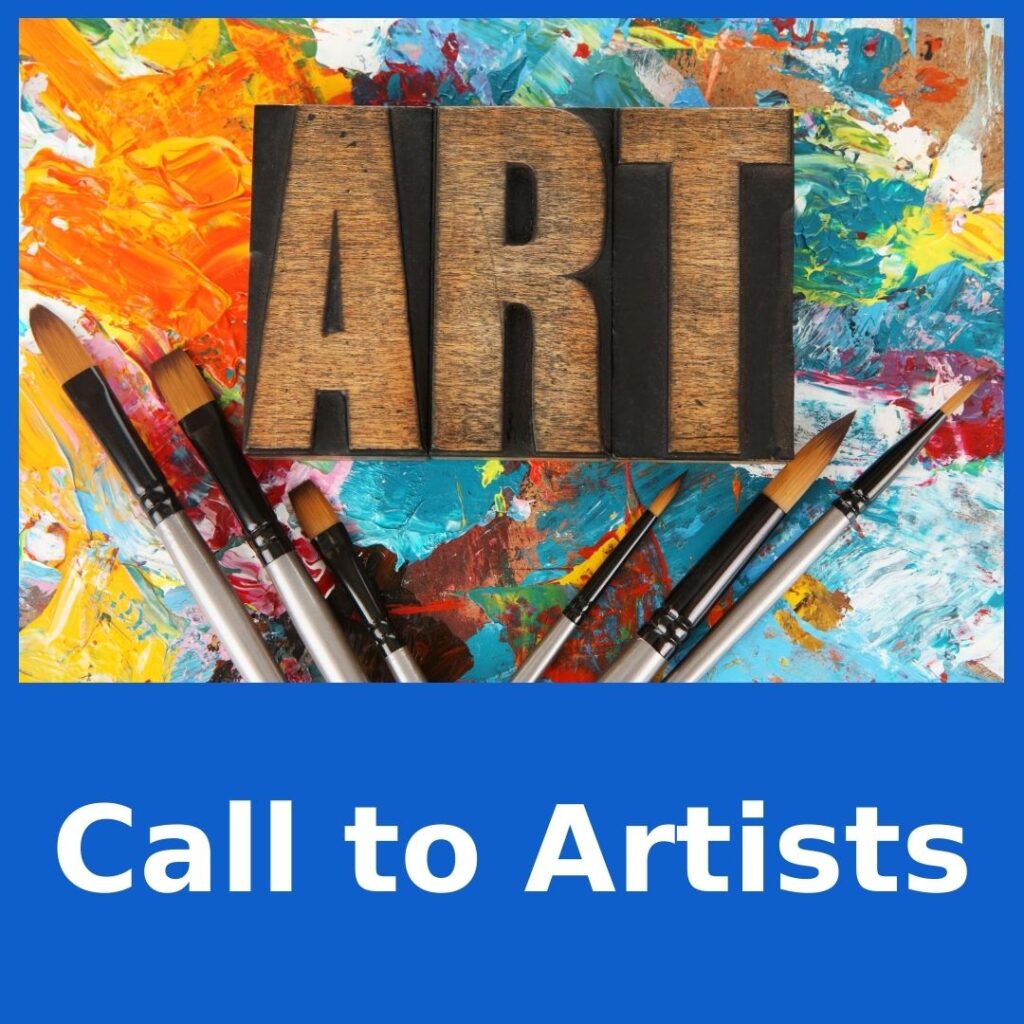
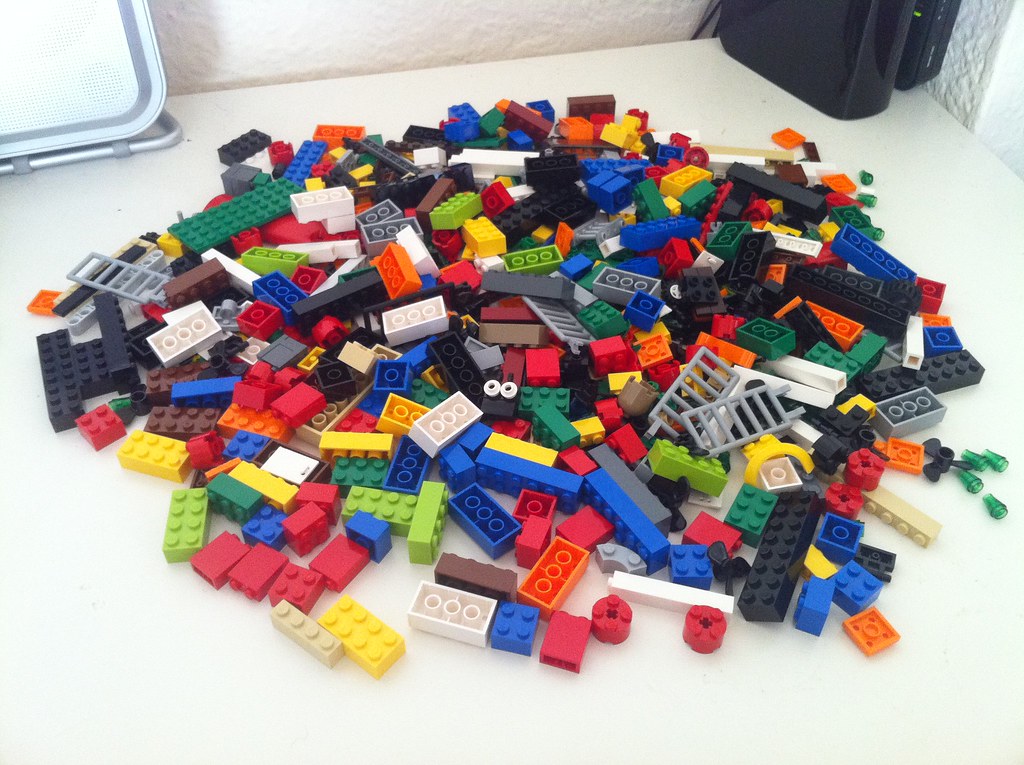

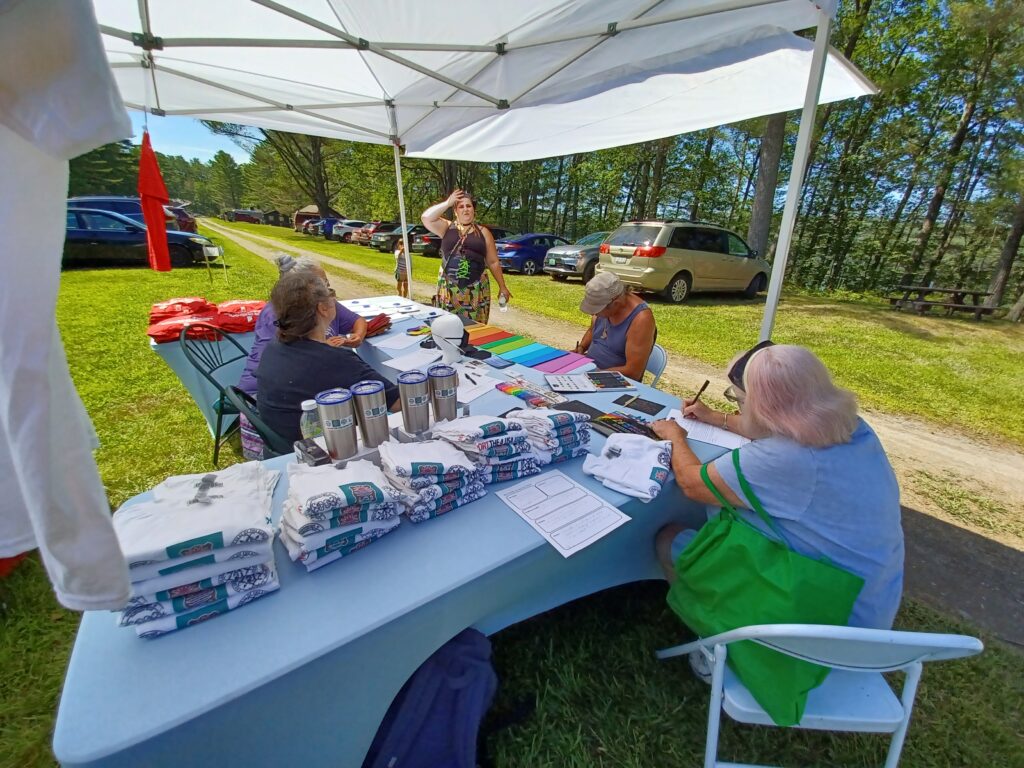
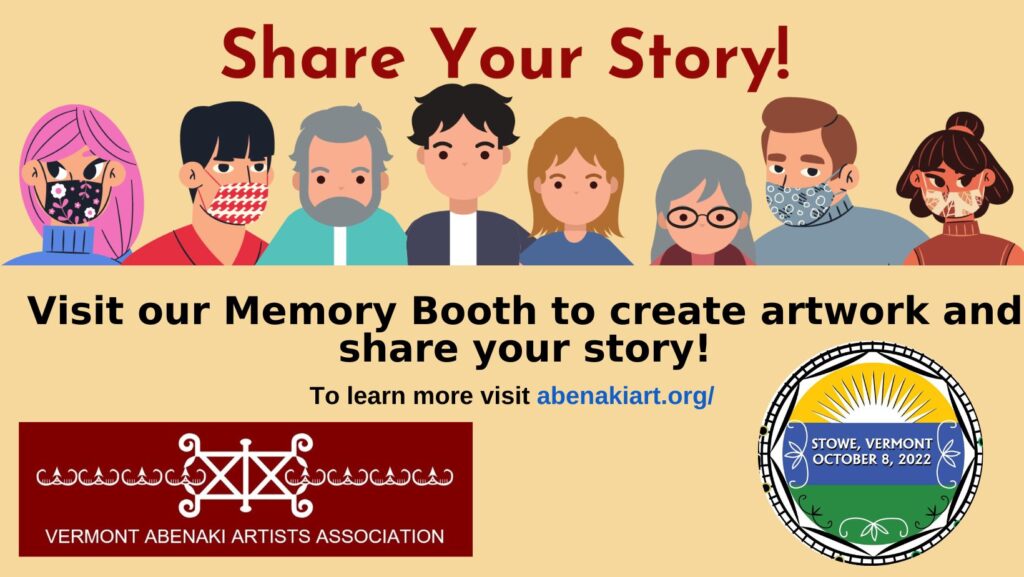
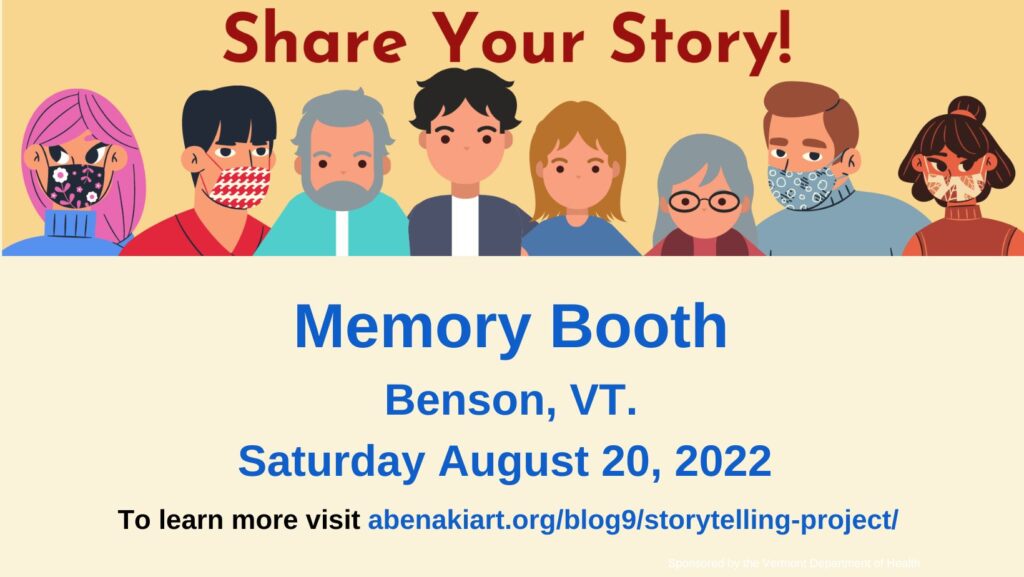
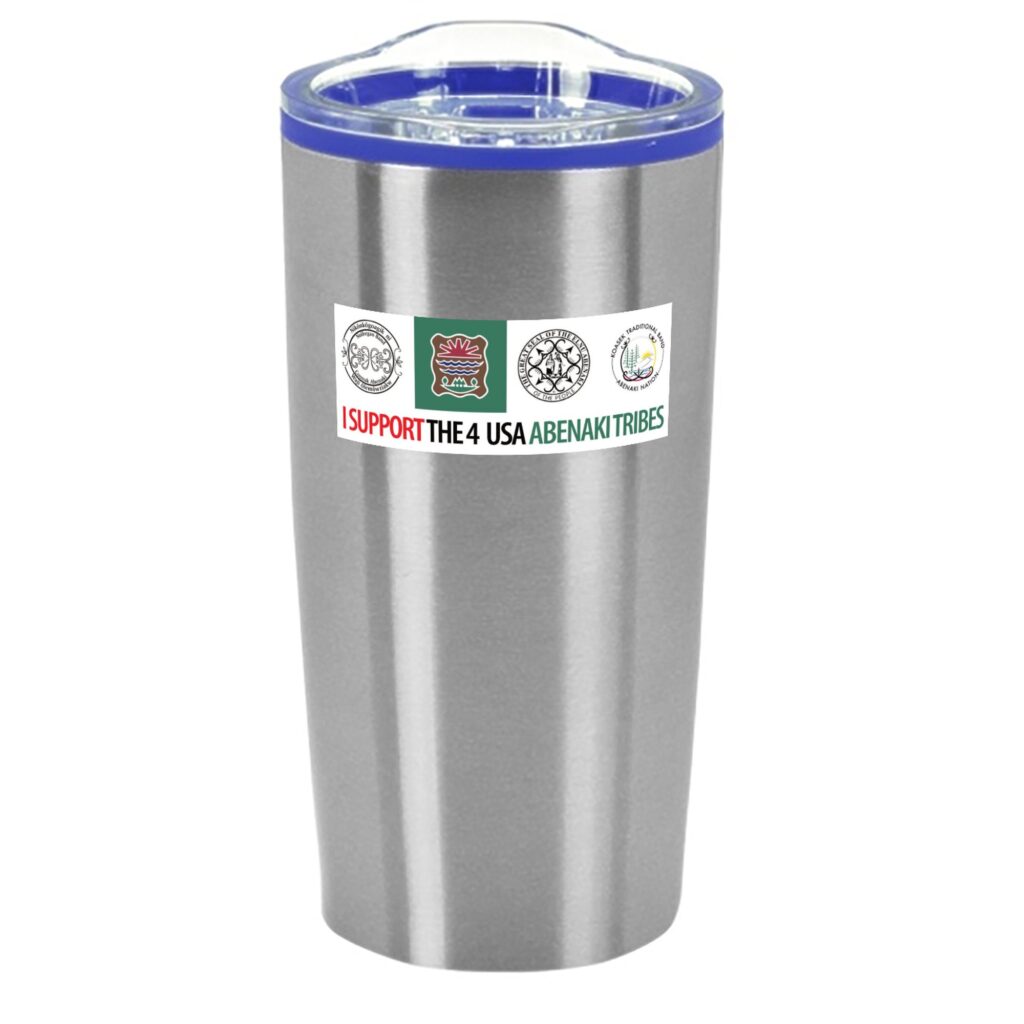
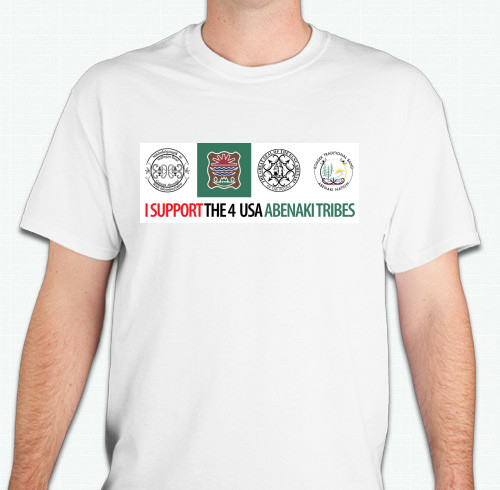







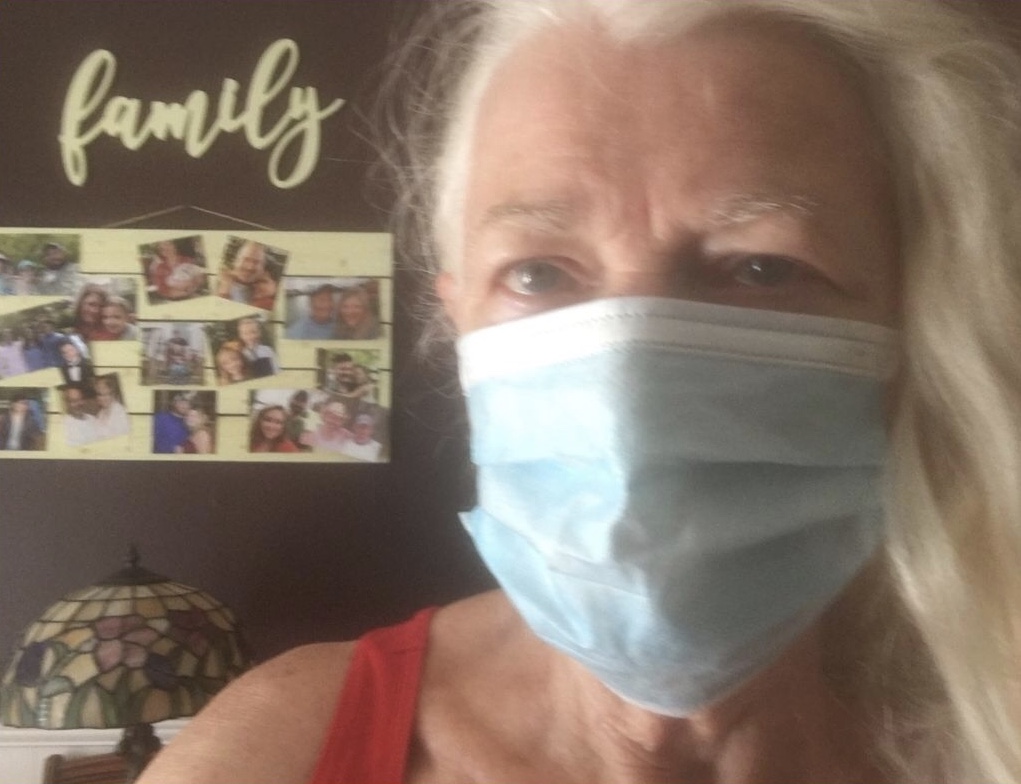
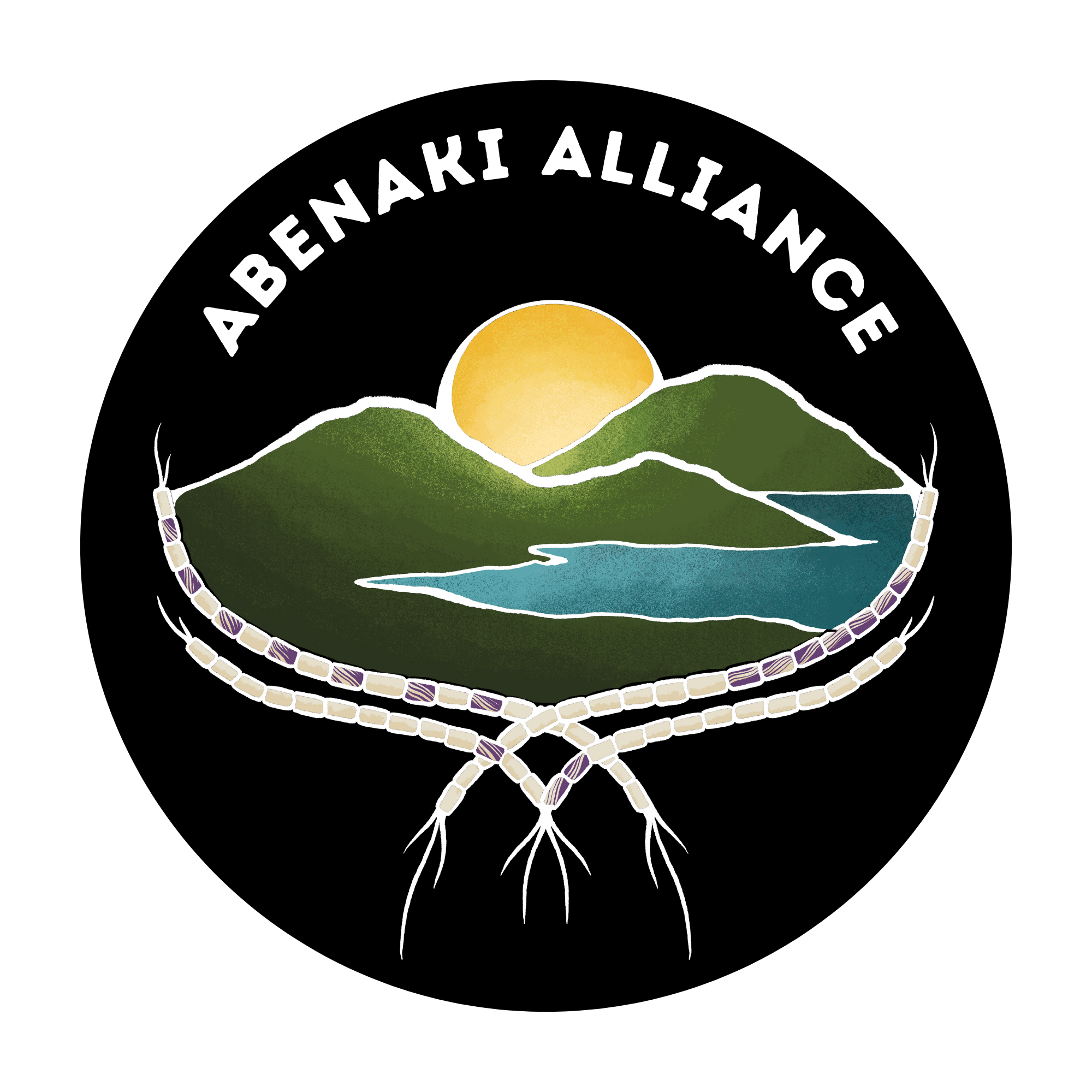
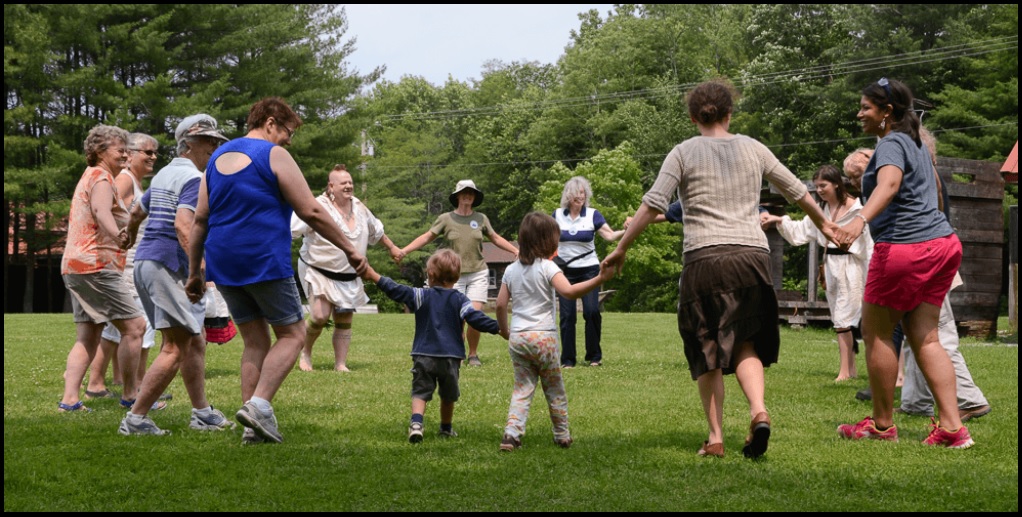
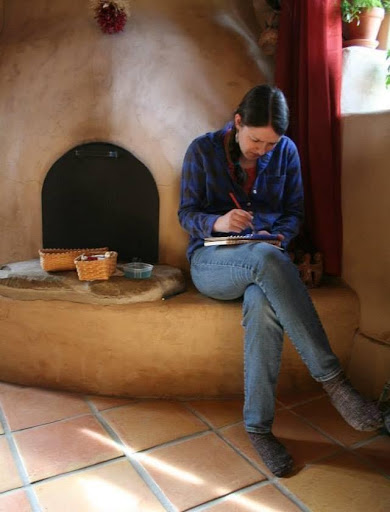
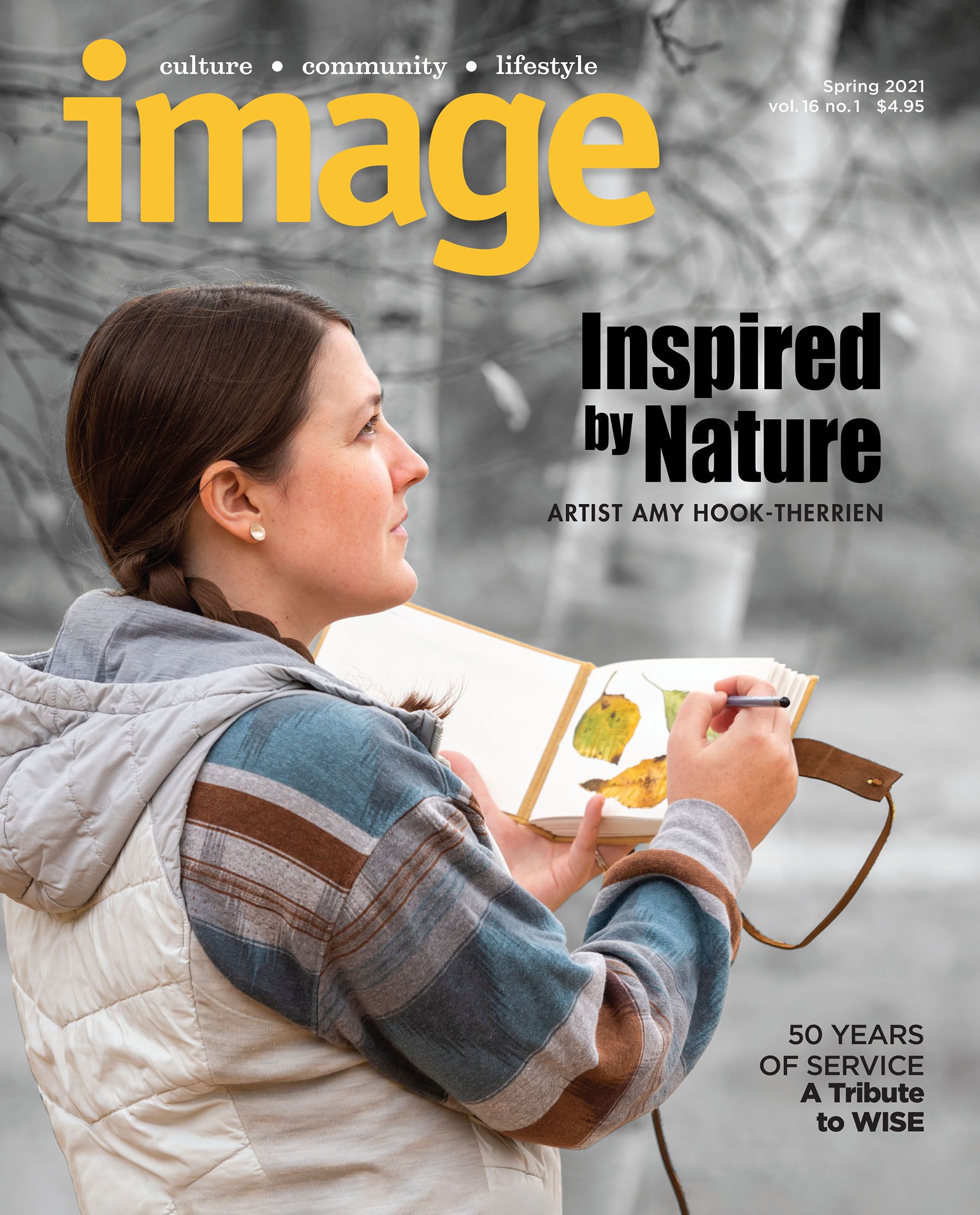
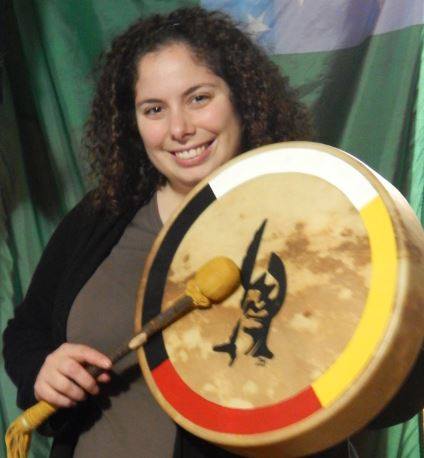

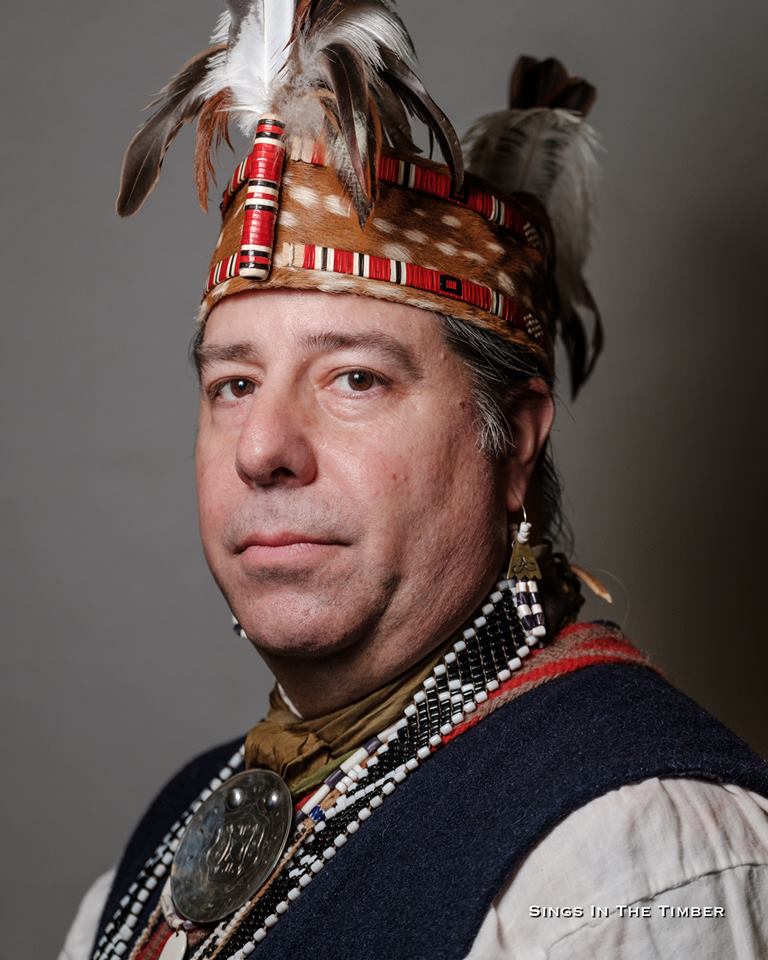

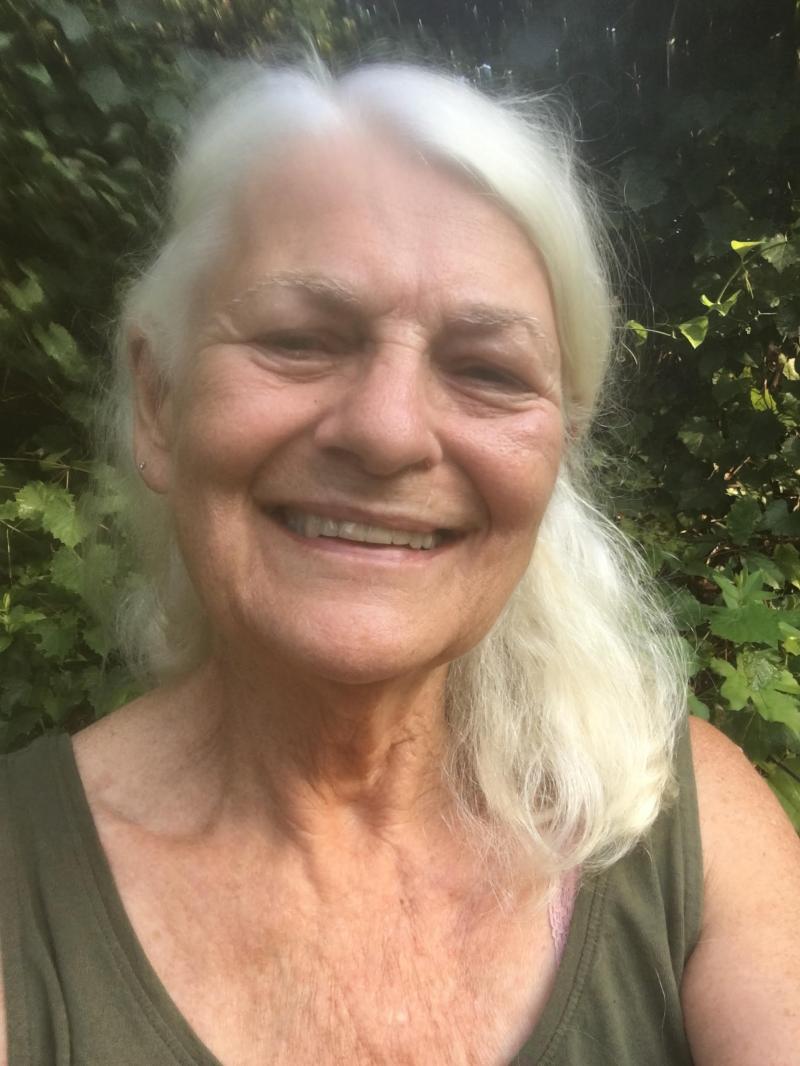
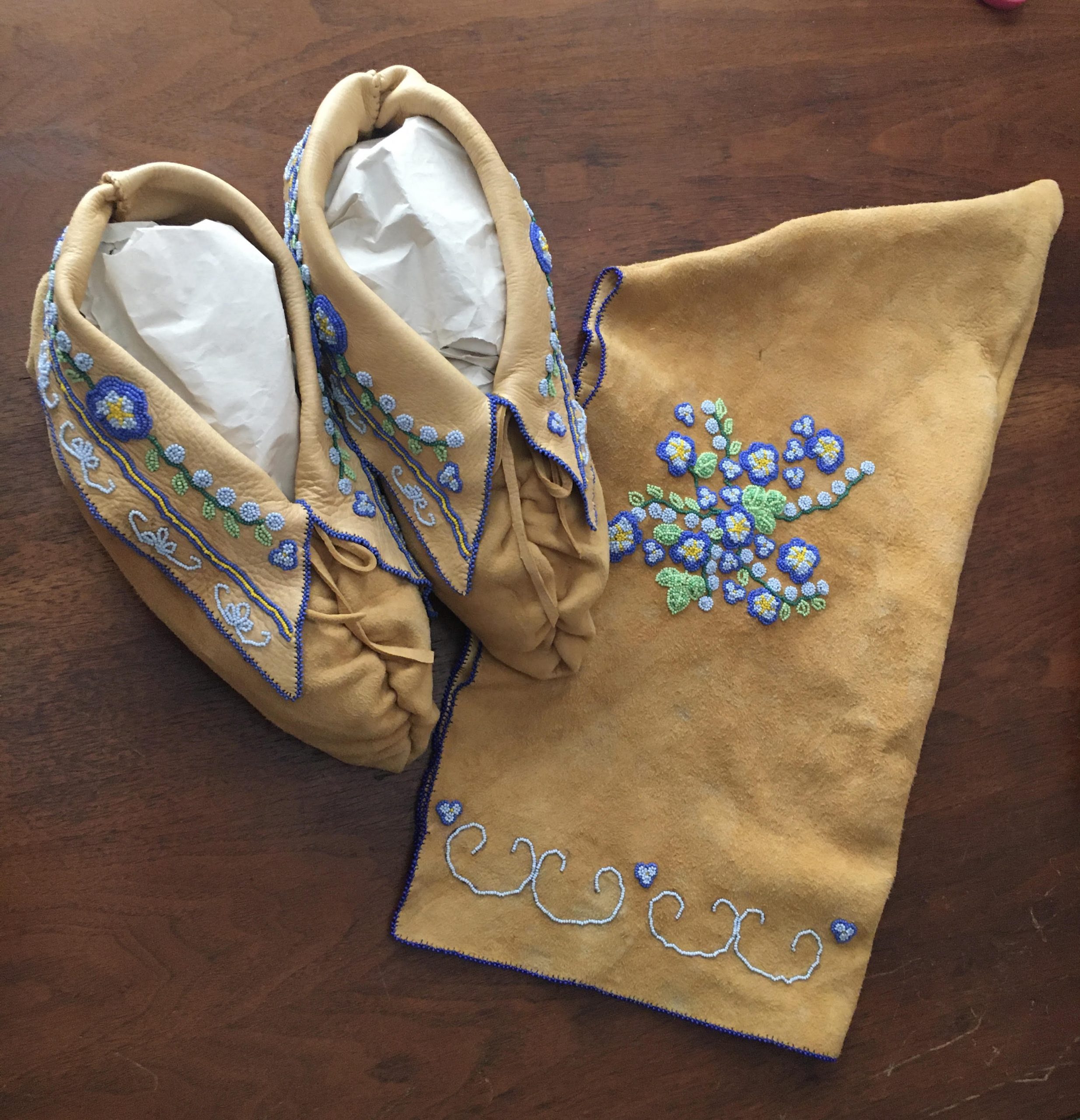
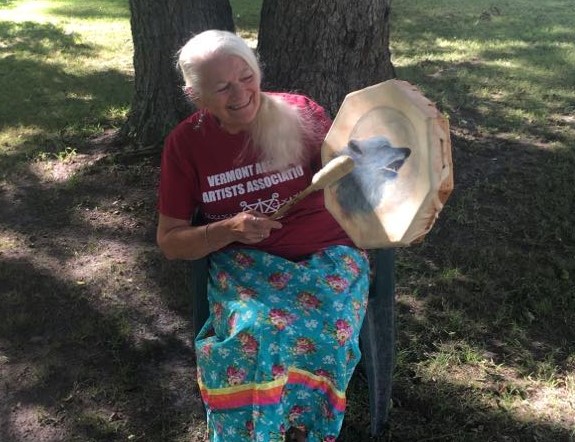




 Music, history and archaeology, weaving, social justice issues, heirloom plants and fire-pit cooking: through a combination of lectures and experiential learning, Abenaki scholars, historians, and culture bearers present their vibrant regional culture that reaches back nearly 13,000 years and continues into the 21st century. This 2
Music, history and archaeology, weaving, social justice issues, heirloom plants and fire-pit cooking: through a combination of lectures and experiential learning, Abenaki scholars, historians, and culture bearers present their vibrant regional culture that reaches back nearly 13,000 years and continues into the 21st century. This 2  There’s still time to buy Native this holiday season. Shop for one-of-a-kind holiday gifts from our local Native American artists at these locations and art markets:
There’s still time to buy Native this holiday season. Shop for one-of-a-kind holiday gifts from our local Native American artists at these locations and art markets:





 By
By